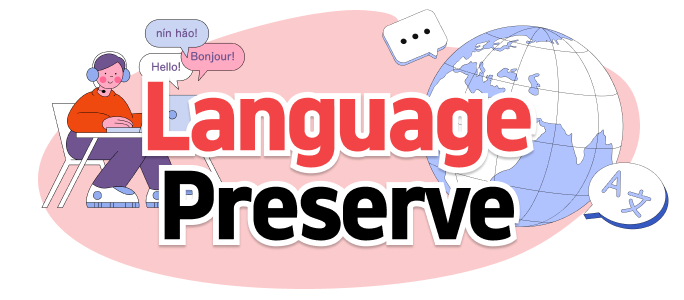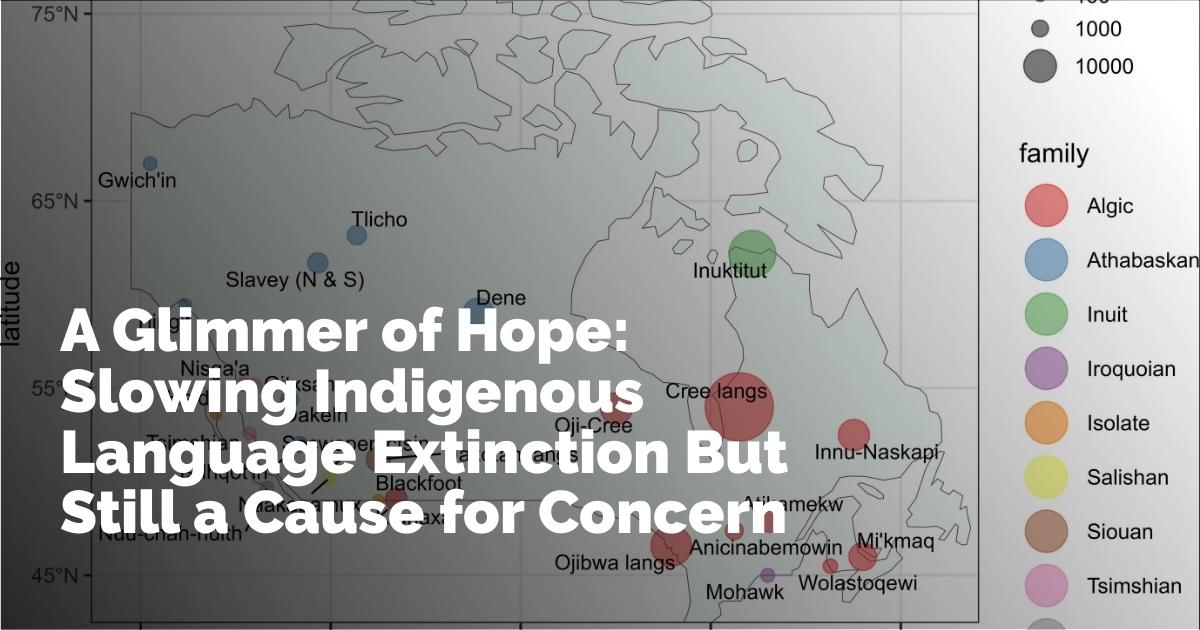Indigenous Languages: A Complex Road to Preservation
The gradual disappearance of Indigenous languages across the globe is an alarming issue. While the rate of extinction is slower than experts once feared, the threat remains significant. Approximately two Indigenous languages vanish each month, according to the United Nations. With 40% of the world's languages facing potential extinction, most of them indigenous, the urgency for intervention is apparent. This concern has led the United Nations to declare 2022–2032 the International Decade of Indigenous Languages, a decade aimed at reviving and preserving these cultural treasures.
Understanding the magnitude of the challenge, Michaël Boissonneault, a professor from the Université de Montréal, has been deeply engaged in researching the demographic trends of Indigenous language speakers in Canada. Through his expertise in public policy and demography, Boissonneault has contributed a novel approach to understanding the future of Indigenous languages using demographic projections.
An Innovative Approach to Predicting Language Trends
Boissonneault, in collaboration with experts from linguistics and history, set out to estimate the future numbers of Indigenous language speakers as far ahead as 2101. He adapted the component method, typically used to predict demographic changes in populations, factoring in mortality, fertility, and migration to forecast the future of these languages in Canada.
This research, which was recently published in the journal Royal Society Open Science, faced unique challenges. With some Indigenous languages spoken by as few as 100 individuals, traditional methods of demographic projection proved inadequate. Thus, Boissonneault grouped certain languages to arrive at more reliable projections for 27 different languages or language clusters across Canada. By leveraging data from a series of Canadian censuses (2001 to 2021), this approach marked a groundbreaking step in predicting Indigenous language use over time.
Revelatory Findings: Stability Amidst Decline
The projections reveal a striking trend: while the overall number of Indigenous language speakers in Canada might remain somewhat stable, individual languages could experience severe declines. For instance, while languages like Inuktitut and Atikamekw are projected to thrive and even double their speaker numbers by 2101, up to 16 other Indigenous languages could lose at least 90% of their speakers within the same timeframe.
Western Canada reveals the most urgent scenario, where many languages hang by a thread due to having small speaking populations, a factor contributing to their vulnerability. This projection echoes the historical trajectory of Indigenous languages in this region, further compounded by recent social and economic changes.
Contrastingly, Eastern Canada exhibits different dynamics due to its historical context. Many Indigenous languages in these regions saw significant declines in the past, consequences of historical colonization efforts that led to cultural erasure.
Signs of Hope: Slower Decline Than Anticipated
The research, however, delivers unexpected optimism. The rate at which Indigenous languages are declining is not as rapid as once assumed, a revelation that surprised Boissonneault and his colleagues. The initial findings did not fully align with field observations by linguists, who reported a less severe decline.
This optimistic projection does not account for active language revitalization projects, suggesting that indigenous communities could play a crucial role in sustaining their linguistic heritage through committed efforts in language preservation and education.
Boissonneault envisions refining his demographic model to reflect the complex realities facing Indigenous languages more accurately. Future iterations could include factors like urbanization—which notably impacts language retention and transmission—in an attempt to create more precise forecasts applicable to all Canadian Indigenous languages.
A Call to Preserve Cultural Richness
For Boissonneault and his fellow researchers, the projection is not just a scholarly exercise but a call to action for policymakers and communities. Understanding the trajectory of language decline and survival can empower communities to partake in collaborative efforts to revive and maintain the diversity of Indigenous languages—a cultural richness that is invaluable.
This work presses upon the importance of addressing language extinction as a form of cultural preservation, demanding attention and resources to protect these timeless pieces of human heritage. The path to preserving Indigenous languages may be complex, but the tools and attention given during this International Decade of Indigenous Languages present a fundamental opportunity to make meaningful progress.
Indigenous languages embody knowledge, history, and identity. The efforts to rescue them from the brink of extinction hold not just linguistic but profound cultural implications that resonate beyond the borders of the communities in which they are spoken. As Boissonneault's study illuminates, the way forward lies in innovation, collaboration, and a collective commitment to valuing every spoken legacy.
출처 : Original Source

